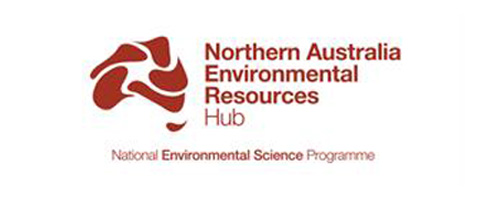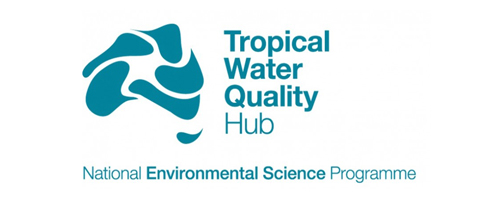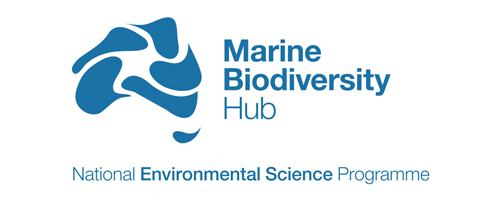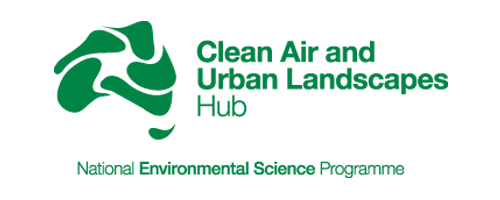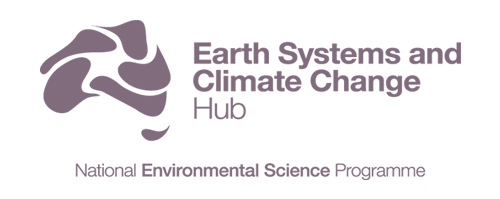About
The conservation of Australia’s biodiversity is founded on an extensive reserve system, good environmental legislation and stable governance. Our community is relatively affluent and interested, and our human population density is comparatively low. Yet, more plant and mammal species have been rendered extinct in Australia than any other country.
Since European settlement, 30 Australian native mammals have become extinct. To put this in a global context, one out of every three mammal extinctions in the past 400 years have occurred in Australia. And the rate of decline continues unabated. More than 1,700 species of animals and plants are listed by the Australian Government as being at risk of extinction.
The $72 million Threatened Species Recovery Hub was supported by $32 million of funding through the Australian Government’s National Environmental Science Program (NESP), and matched by contributions from 10 of the country’s leading universities and the Australian Wildlife Conservancy.
The hub worked closely with around 250 on-ground partner organisations across the country, including management agencies, Indigenous land managers and conservation groups, to ensure research had an on-ground impact in threatened species management.
The National Environmental Science Program
The National Environmental Science Program (NESP) is a long-term commitment by the Australian Government. The program funds environment and climate research. The first phase invested $145 million (2014-15 to 2020-21) into 6 research hubs, including the Threatened Species Recovery Hub. The second phase will invest $149 million (2020-21 to 2026-27) into 4 new research hubs.
Indigenous Engagement Strategy
The Threatened Species Recovery Hub recognised that Indigenous people have very significant interests in, knowledge of, and responsibilities for Australia’s natural environment, including its threatened species.
The hub was guided by an Indigenous Engagement and Participation Strategy. The purpose of the strategy being to enable a meaningful two-way partnership to be developed between the hub and Indigenous Australians that recognises the interests, rights and knowledge of Indigenous Australians in undertaking the Hub’s research agenda.
The Hub established an Indigenous Reference Group (IRG) in mid-2017 to assist the Hub executive and the project teams in improving the engagement and participation of Indigenous people in the Hub’s activities and research projects. The IRG was coordinated by the Hub’s Indigenous Liaison Officer. Members were appointed by the Hub Director in their capacity to understand research, community, government and threatened species, along with the aim of having a gender balance and geographical balance. READ MORE.

